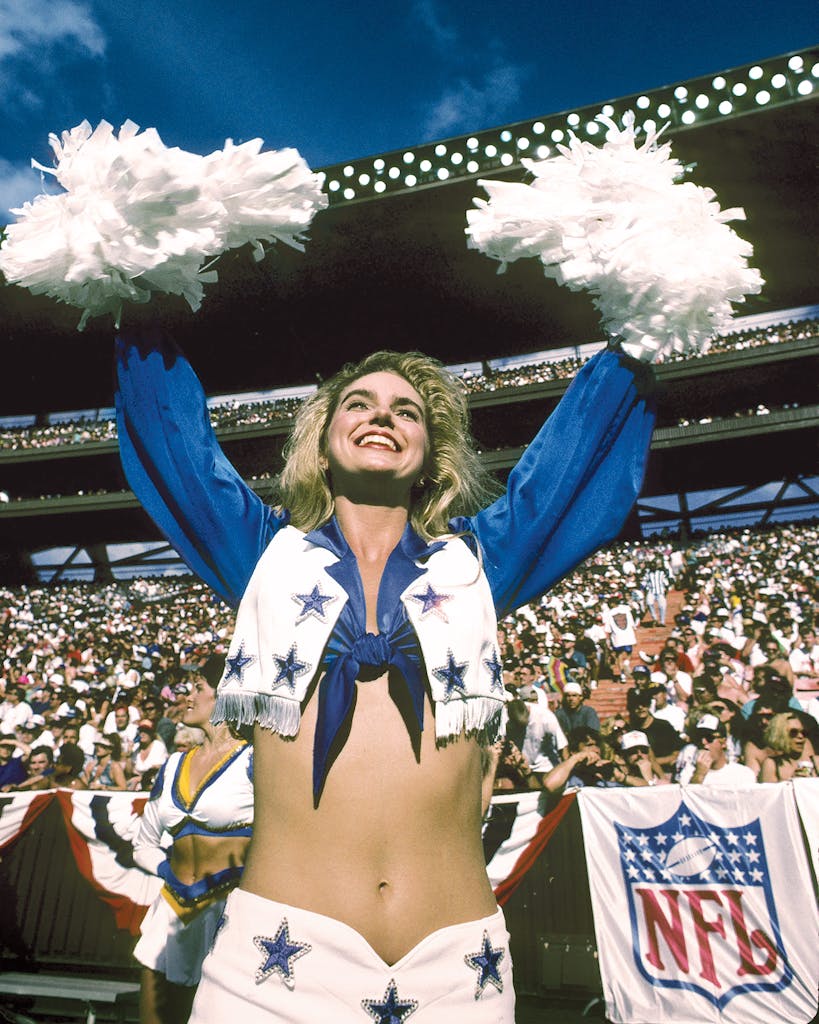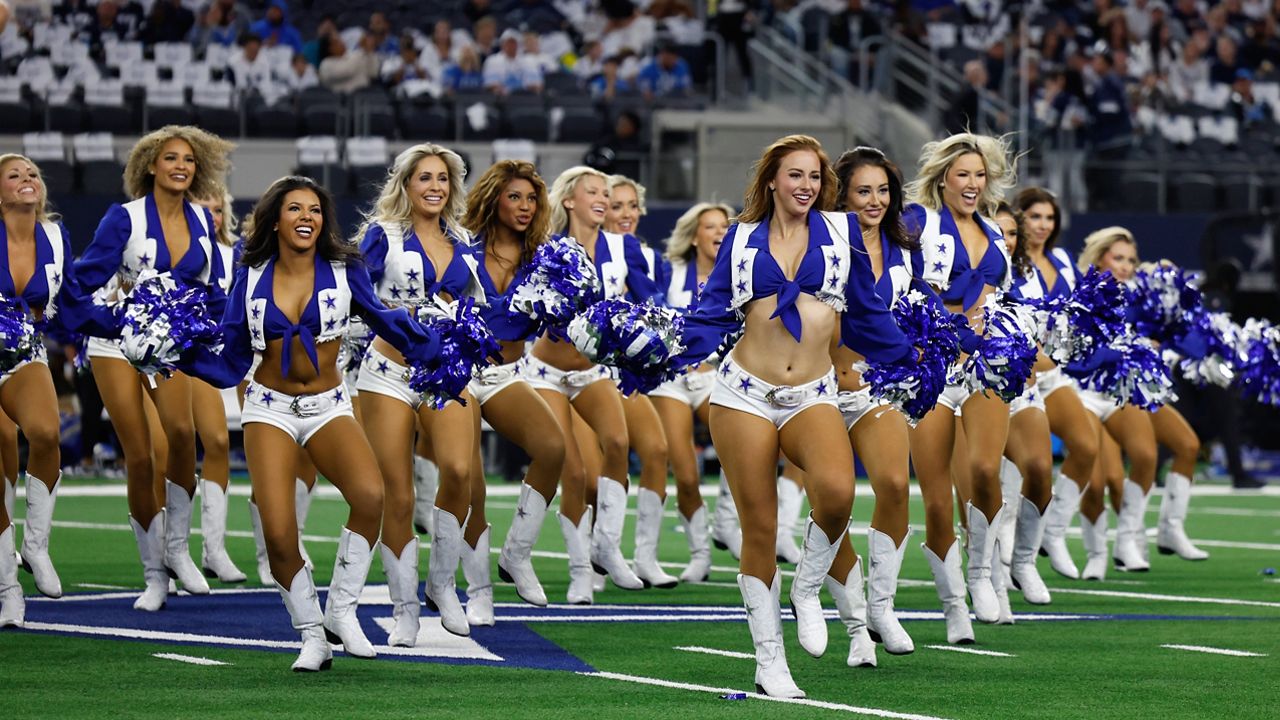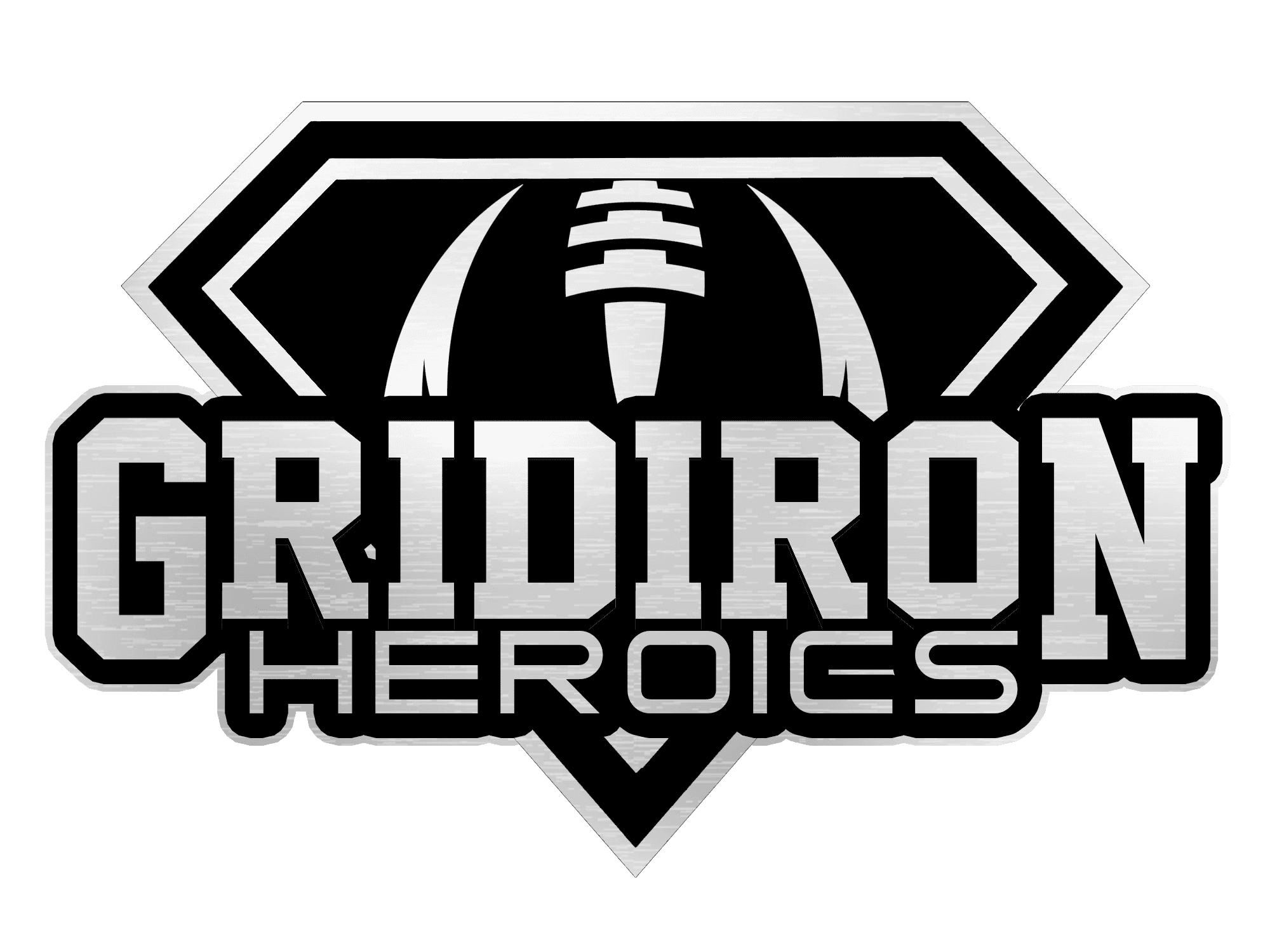
The Dallas Cowboys Cheerleaders are such a huge deal that they rival the team itself in terms of fame. We Dem Girlz! You could just as easily use this locution as you could the common cheers for the boys on the field. A new documentary series will explore this cultural force over the summer.
The Dallas Cowboys Cheerleaders are America’s Sweethearts

America’s Sweethearts: The Dallas Cowboys Cheerleaders will be released on Netflix on June 20. The series is created by Greg Whiteley, the producer and director of Last Chance U, Cheer, New York Doll, and more. The production arrives roughly alongside the Jerry Jones docuseries coming this summer, also on Netflix.
The Dallas Cowboys Cheerleaders (hereafter DCC) are an active unit committed to bringing spirit and charm to the fans and the organization overall, though their spirit has been felt all over the world. The reason there’s such cachet to the DCC is historical. And the history is substantial, especially as cheerleading squads go.
The story would get any audience on their feet, at least for the subject matter. According to lore, the core inspiration of the DCC was Bubbles Cash. Cash was a stripper at the local Carousel Club, which believe it or not was owned by Jack Ruby, who assassinated Lee Harvey Oswald, who of course shortly before being killed had assassinated President John F. Kennedy in Dallas. This is not a conspiracy theory involving any strippers and certainly not any cheerleaders; it’s just what happened.
In any case, back in the 60’s the Cowboys used to play at the Cotton Bowl in Dallas where, again according to lore, Bubbles Cash caused quite a stir with her, aura, if you will, as she strutted through the crowd. The original team president and general manager Tex Schramm took notice. Whether the origin story is apocryphal or not, whether or not the timing adds up, Tex had a vision of what he wanted.
The fully realized vision of the DCC would not manifest overnight, as the cheering squads from local high schools would root on the Cowboys from the sidelines of the Cotton Bowl. That’s until the early 1970’s., when Texie Waterman (yes, Texie) was brought on as a choreographer by Dee Brock. Brock was the founder of the squad, hired by Schramm to start a cheerleading team (for a more sober account of the DCC’s origin).
The high school cheerleading teams were co-ed in their composition. Brock’s early move was to segregate the sexes and integrate the races. By 1971, the DCC was all female and half of the team was black. Brock received little recognition and abysmal pay, which she then had to split with Waterman.
But the Cowboys had started winning big, bringing home the franchise’s first Super Bowl trophy in 1972. They moved into the new Texas Stadium in the same year. The DCC would dance more than chant, and their uniforms would be tailored to be more revealing.
The rest is the DCC becoming the household name and image everyone knows. Other than their already substantial core function, it’s been all USO tours, appearances on the Love Boat, World Cups, and so on. Cheerleaders all around professional sports trace their lineage to the DCC.
One hopes that the deep cultural history of the DCC is on ample display in the docuseries, as much of the entertainment value will draw from the current make-up of the squad and their travails, much like the CMT reality television series Dallas Cowboys Cheerleaders: Making the Team. The current director of the DCC is Kelli Finglass, a former member of the squad. Finglass worked for years to secure a spot for the DCC in the Smithsonian Institution’s Musem of American History, and eventually got it, with the cheerleader uniform displayed nearby Miss Piggy and Seinfeld’s puffy shirt. We Dem Girlz, indeed.

